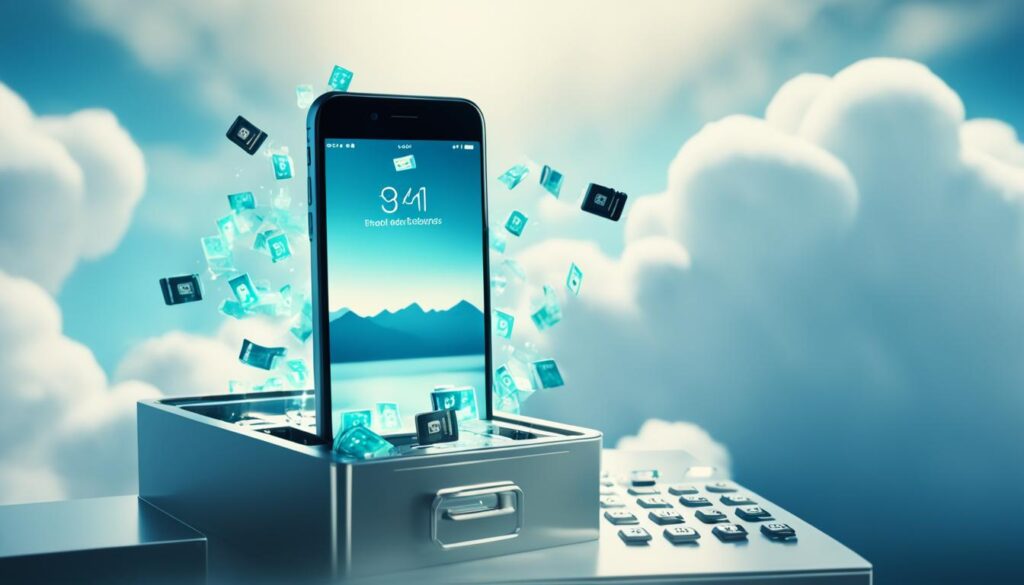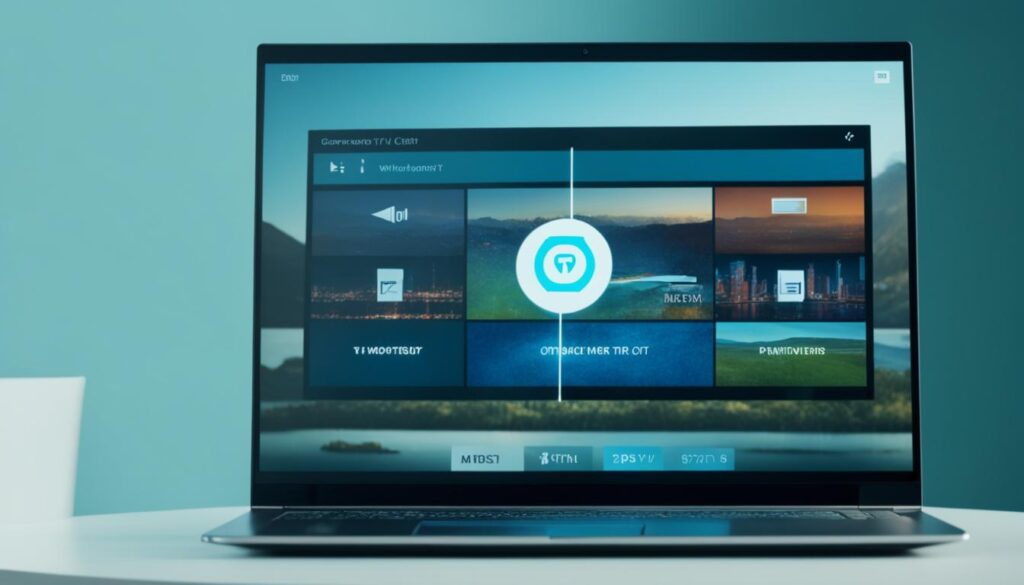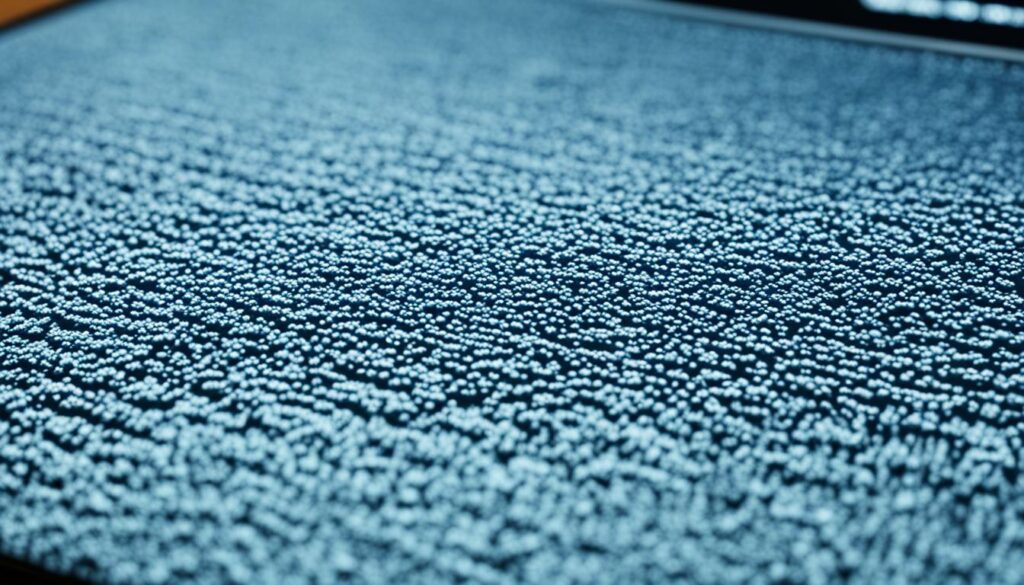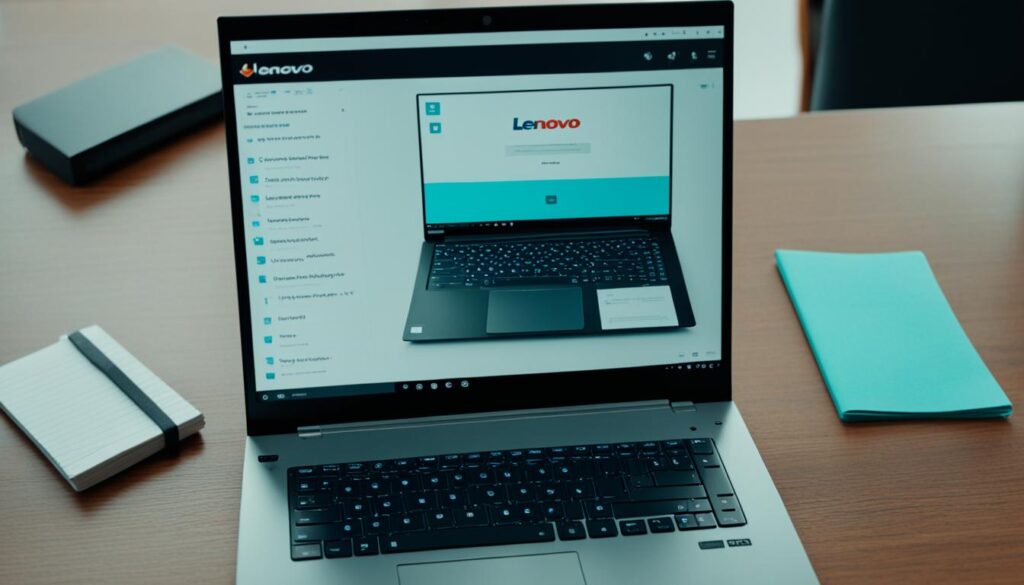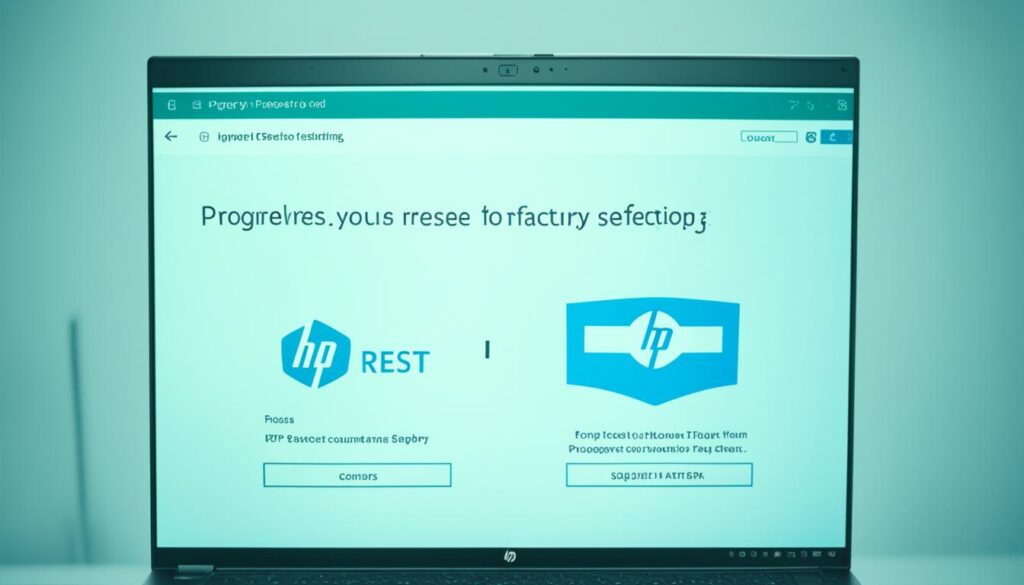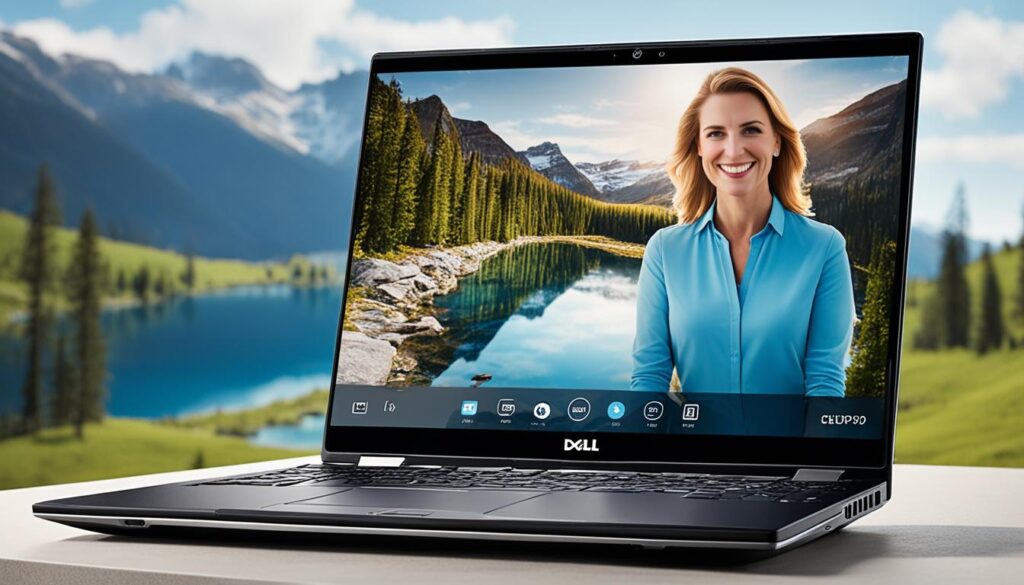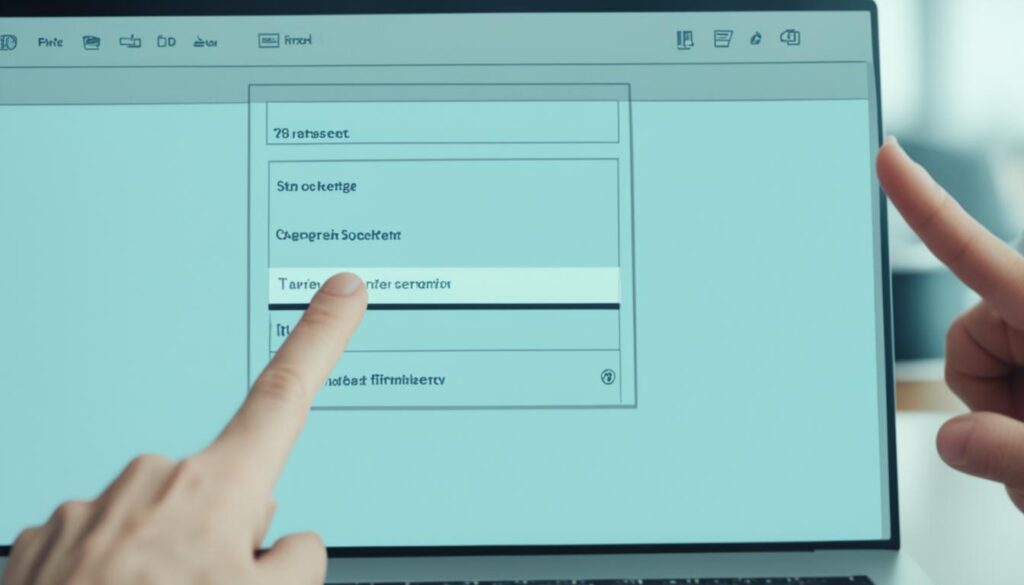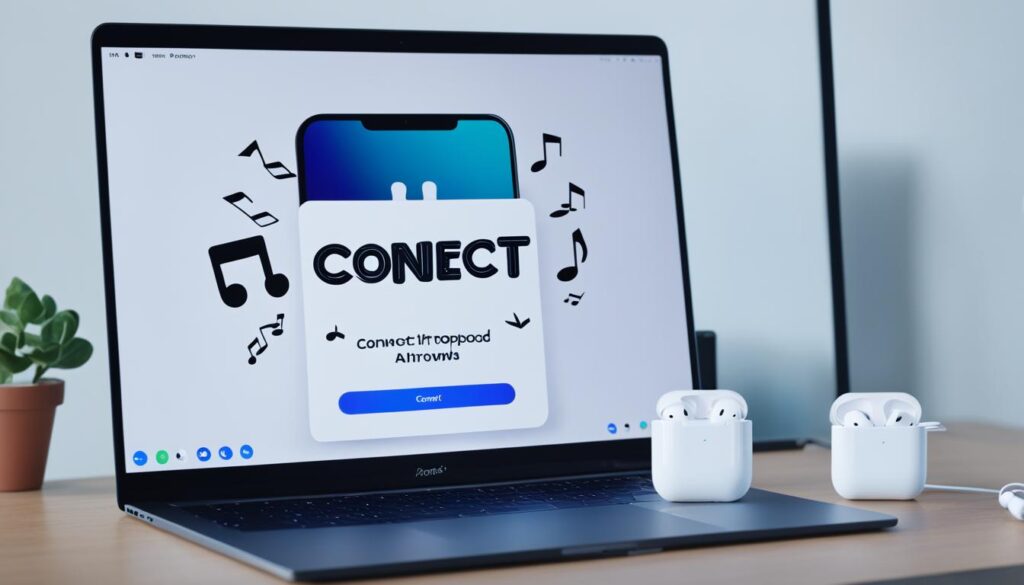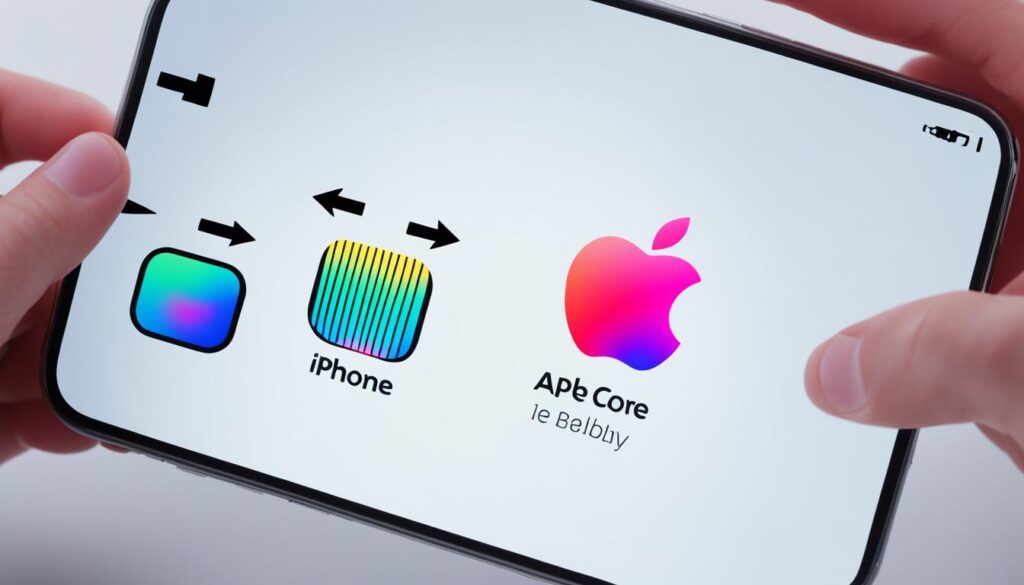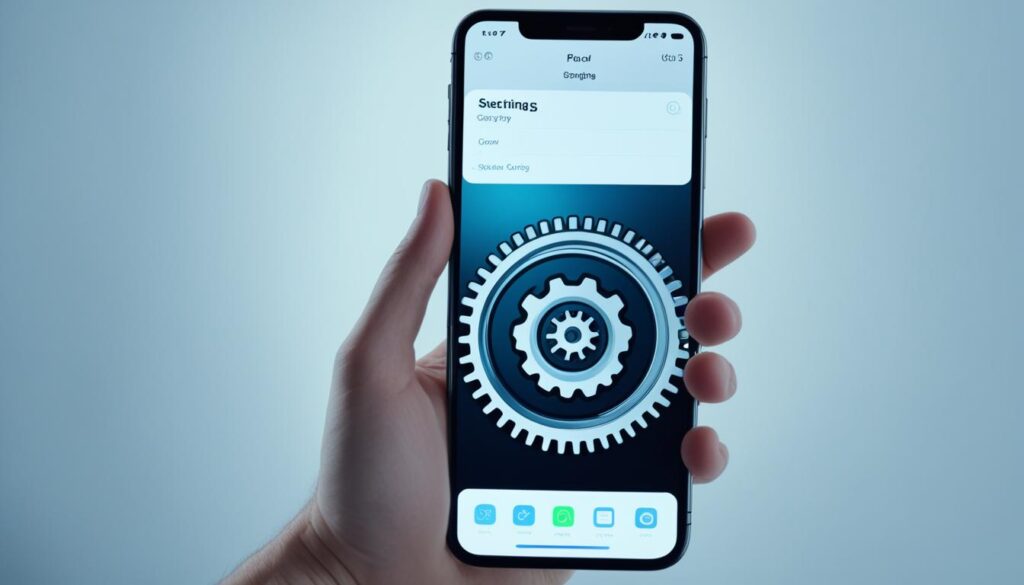Secure Your Data: How to Backup iPhone Easily
Imagine this – your iPhone holds precious memories, important documents, and your entire digital life. But what if something unexpected happens? What if your iPhone gets lost, damaged, or stolen? All your data could be gone in an instant, leaving you devastated and helpless. But fear not, because there’s a simple solution that can protect your valuable information – backing up your iPhone. It’s like creating a digital safety net that ensures your data is secure, no matter what happens to your device. In this article, we will guide you through the different methods of backing up your iPhone and show you just how easy it can be. Whether you prefer the convenience of iCloud or the reliability of your computer, we’ve got you covered with step-by-step instructions and expert tips. So, let’s dive in and learn how to safeguard your data and gain peace of mind. Because when it comes to your iPhone, ensuring its protection is essential. Key Takeaways: Backing up your iPhone is crucial for protecting your data from loss or damage. There are two primary methods for backing up your iPhone: iCloud and your computer. iCloud backups offer convenience, while computer backups provide reliability. Regularly performing backups is essential to ensure the safety of your valuable information. By following our step-by-step instructions, you can easily back up your iPhone and gain peace of mind. Backing Up with iCloud To ensure the safety of your iPhone data, backing up your device is crucial. iCloud provides a convenient and automatic way to back up your iPhone seamlessly. By using iCloud Backup, you can protect your valuable information and easily restore it if needed. To start backing up your iPhone to iCloud, follow these simple steps: Open your iPhone’s Settings app. Tap on [your name], located at the top of the Settings menu. Scroll down and select ‘iCloud’. Tap on ‘iCloud Backup’. Toggle the ‘iCloud Backup’ switch to the ‘On’ position. Enabling iCloud Backup ensures that your iPhone automatically creates backups whenever it’s connected to power, locked, and connected to Wi-Fi. This feature eliminates the need for manual backups and provides peace of mind knowing that your data is continuously protected. Did You Know? iCloud backups are stored securely in the cloud, making them accessible from anywhere. This means that even if you lose or break your iPhone, you can easily restore your data to a new device. If you prefer to create a manual backup instead, you can do so by tapping the ‘Back Up Now’ option in the iCloud Backup settings. This allows you to initiate a backup on-demand, ensuring that your latest data is safeguarded. Managing your iCloud backups and storage is also straightforward. To view your backups and free up space if needed, follow these steps: Open your iPhone’s Settings app. Tap on [your name], located at the top of the Settings menu. Scroll down and select ‘iCloud’. Tap on ‘Manage Storage’. Choose ‘Backups’ to access your iCloud backups and manage their storage. In the ‘Manage Storage’ section, you’ll be able to see a list of your backups and their sizes. From here, you can delete old backups to free up space or even upgrade your iCloud storage plan if necessary. Benefits of Backing Up with iCloud Benefits of Backing Up with iCloud Automatic backups ensure your data is always protected Access and restore backups from anywhere using any iOS device Eliminate the need for manual backups Free up storage space on your iPhone Securely store backups in the cloud with data encryption Easily manage backups and storage settings With iCloud Backup, keeping your iPhone data safe has never been easier. Whether it’s automatic backups or the flexibility of creating manual backups, iCloud offers a seamless and reliable solution for protecting your valuable information. Backing Up with a Mac If you prefer to back up your iPhone to your Mac, you can easily do so using a cable and the Finder. Follow these simple steps to back up all of your iPhone data to your computer: Connect your iPhone to your Mac using a cable. Open the Finder application. In the Finder sidebar, select your iPhone under the Devices section. Click on the “General” tab. Choose the option “Back up all of the data on your iPhone to this Mac.” If you want to add an extra layer of security, you can encrypt your backup by selecting the checkbox. To initiate the backup process, simply click the “Back Up Now” button. By following these steps, you’ll be able to backup all of your important iPhone data directly to your Mac. Ensuring the safety and security of your data has never been easier. Remember, it’s always important to have a backup of your iPhone data. Whether you accidentally delete something or your device gets lost or damaged, having a backup gives you peace of mind knowing that your data is safe and can easily be restored. Backing Up with a Windows PC Backing up your iPhone to a Windows PC is a simple and effective way to safeguard your important data. By connecting your device using a cable and utilizing the iTunes app on your PC, you can easily create a backup of your iPhone. Here’s how: Connect your iPhone to your Windows PC using a compatible cable. Open the iTunes app on your PC. Click on the iPhone button located in the top-left corner of the iTunes window. Navigate to the Summary tab. Under the Backups section, click on the “Back Up Now” button. If you want to enhance the security of your backup, you can choose to encrypt it. To do this, select the “Encrypt local backup” option and set a password. This ensures that your data remains protected even if someone gains unauthorized access to your computer or iCloud account. To view and manage your backups in the future, you can access the iTunes preferences under Devices. By following these simple steps, you can easily create a backup of your iPhone on
Secure Your Data: How to Backup iPhone Easily Read More »

